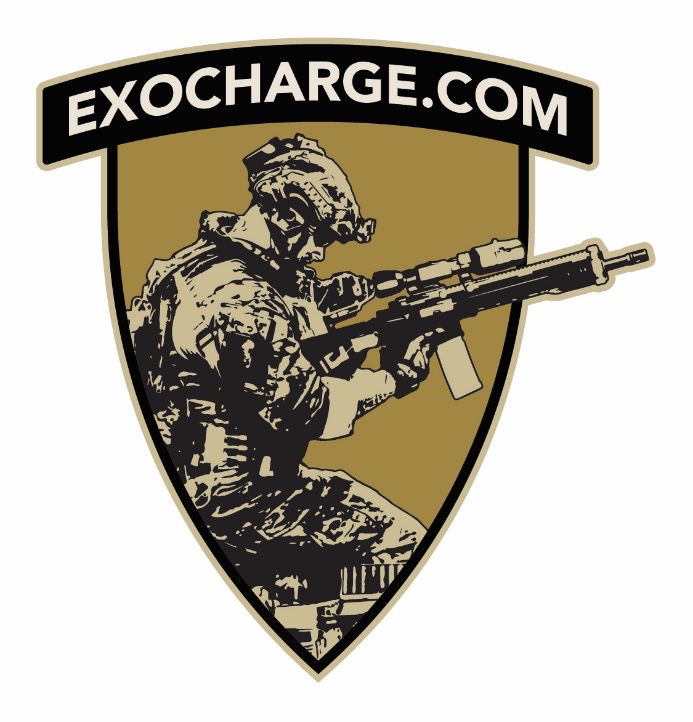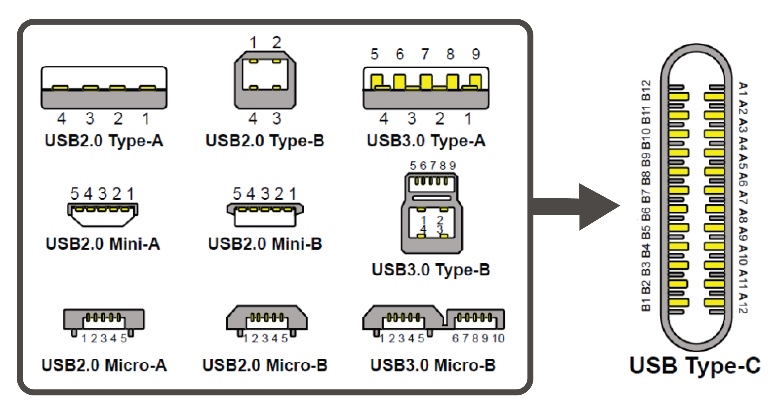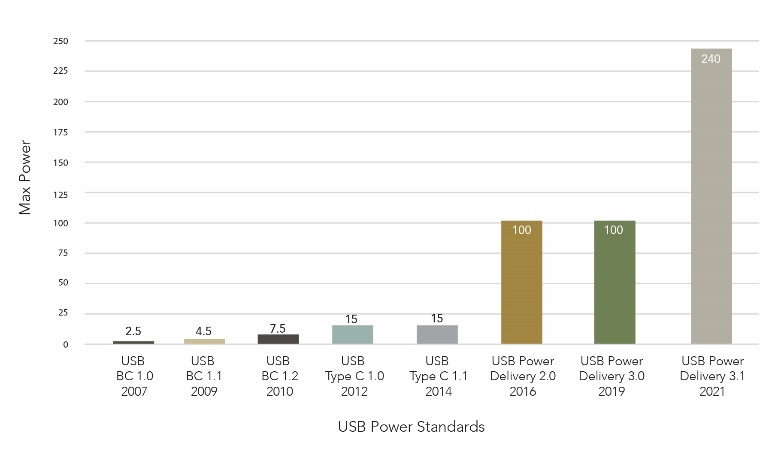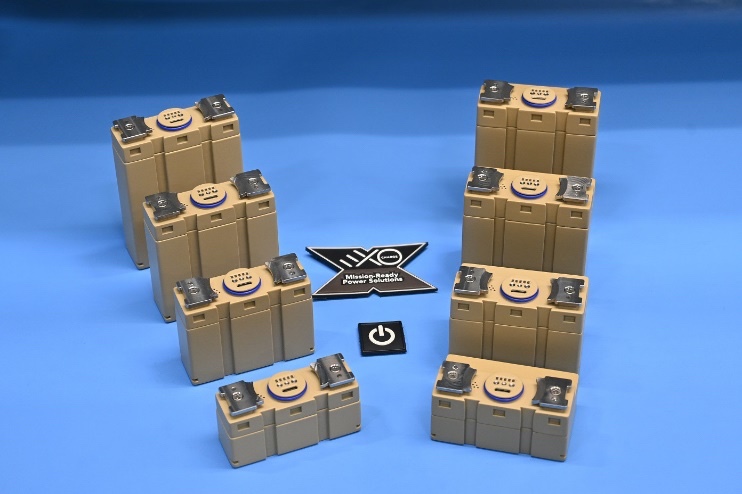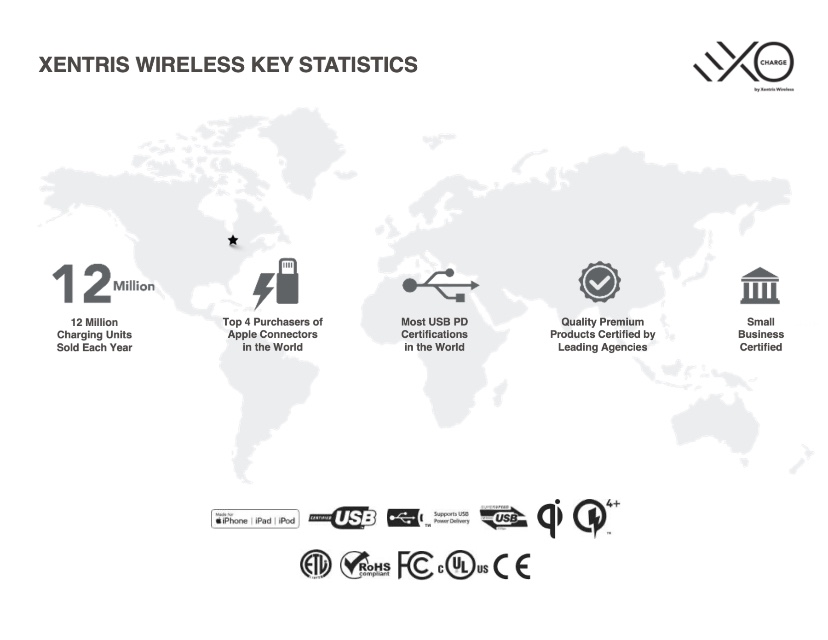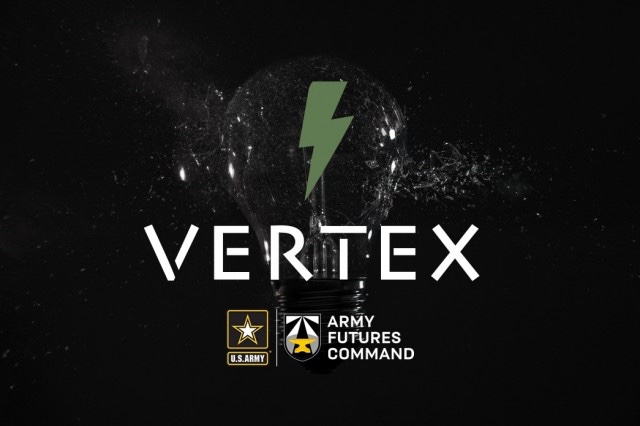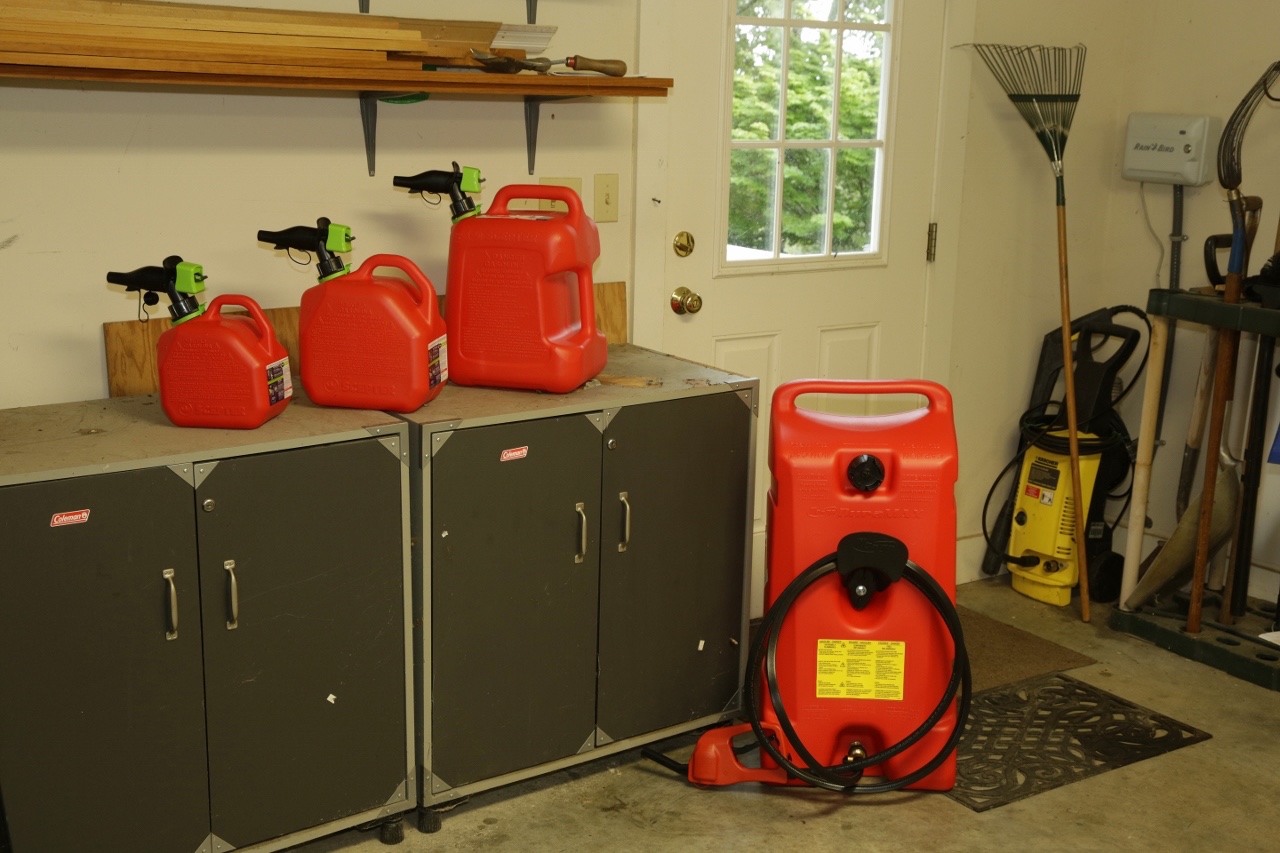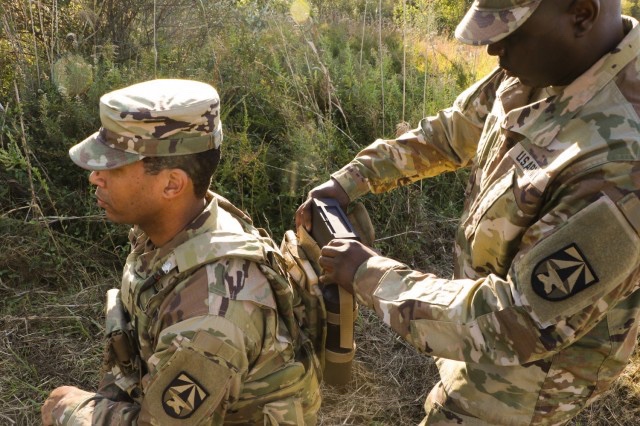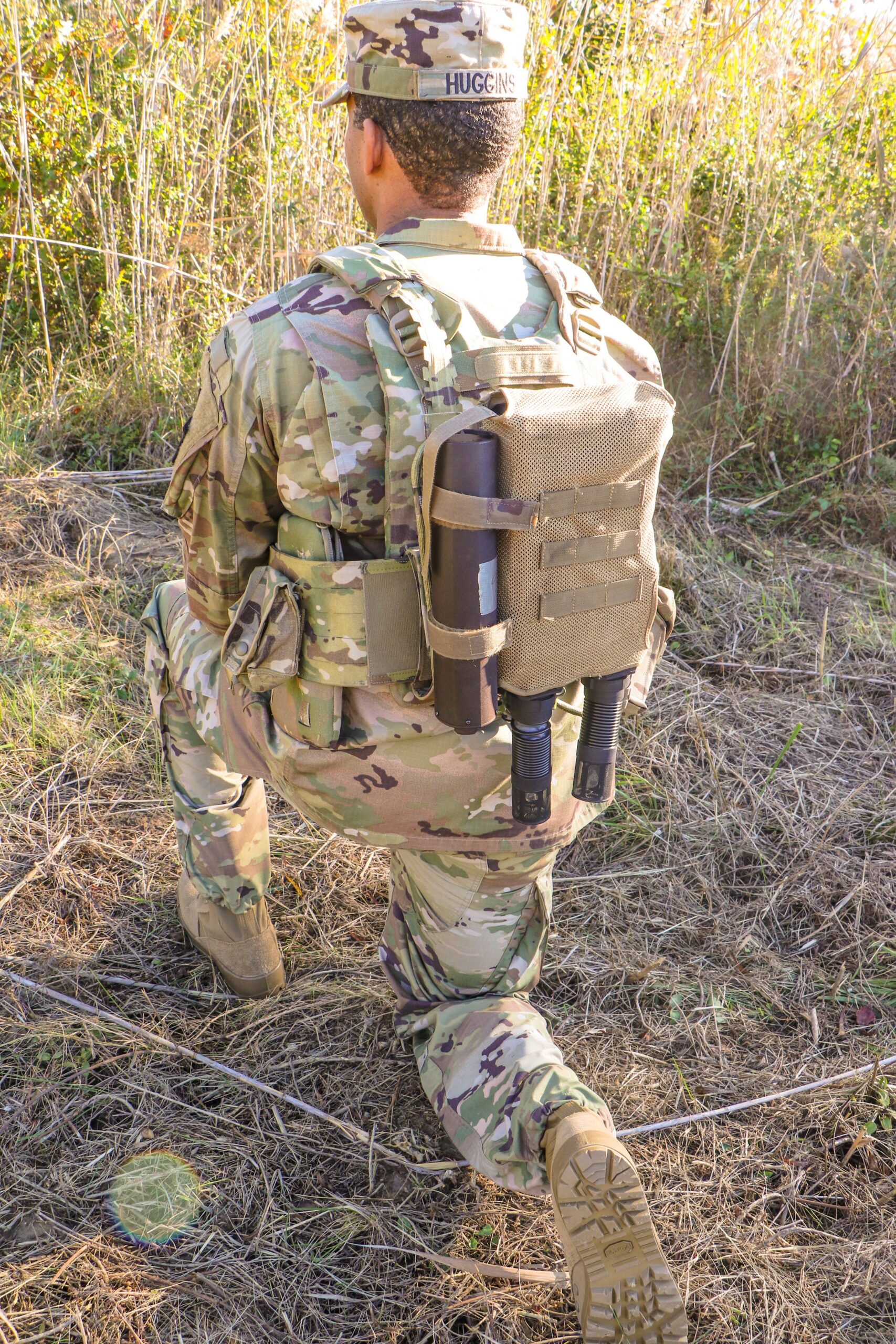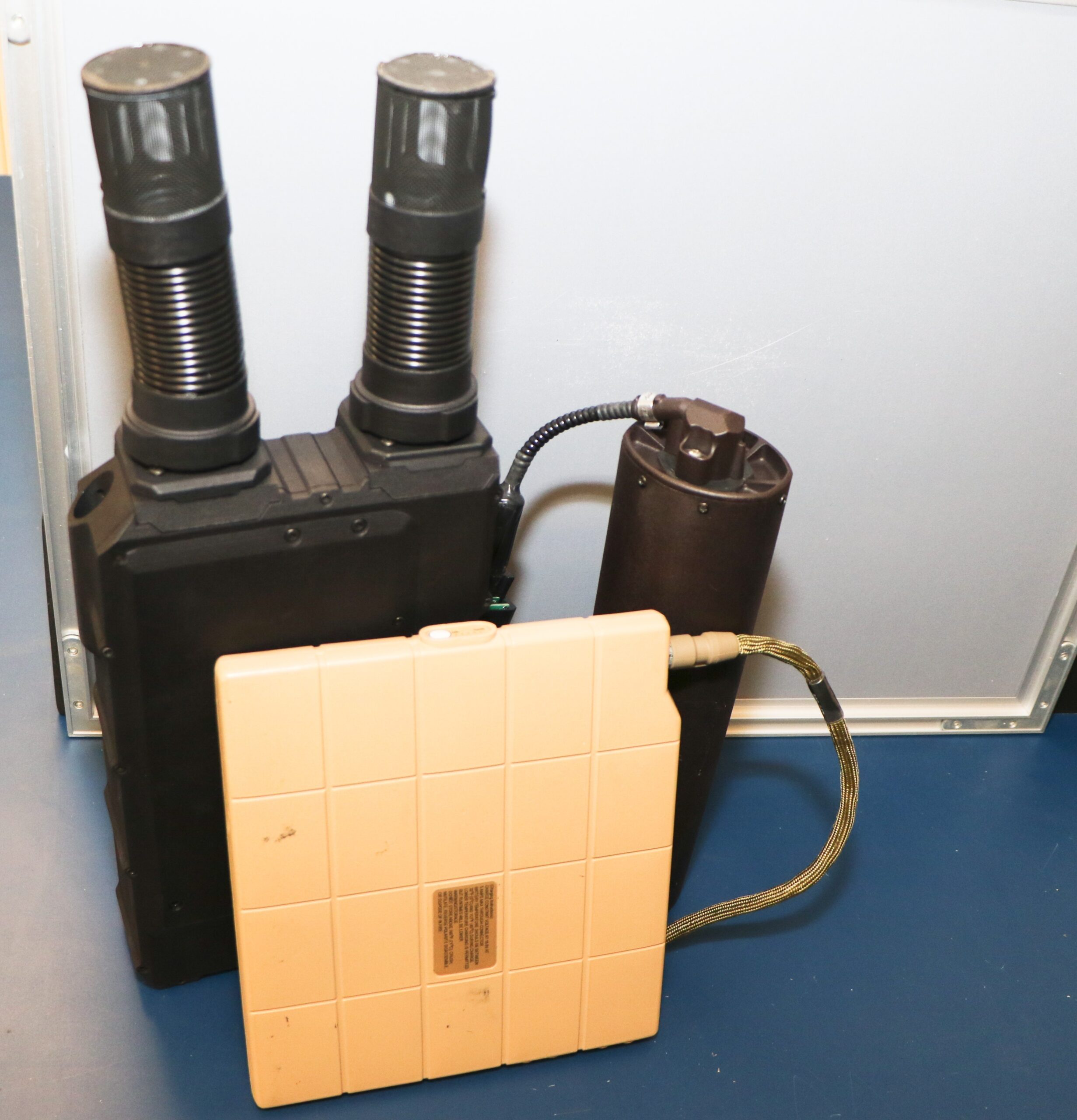The EXO Charge division was established by Xentris Wireless to deliver next generation, rugged, high-performance power solutions for the modern Warfighter. EXO Charge will be showcasing several of its solutions as a premiere exhibitor at the Maneuver Warfighter Conference, McGinnis-Wickham Hall, Fort Benning, Feb 15-17 booth # EE.

“The EXO Charge team is on a mission to reduce the battery burden and deliver power solutions with higher performance and greater interoperability for the modern Warrior.” – said Mike Stein, V.P. of Military and Government Services.
The EXO Charge team is comprised of industry and military veterans with expertise in commercial mobile and military power programs. This includes previous experience with the Conformal Wearable Battery (CWB), Soldier Worn Integrated Power Equipment System (SWIPES), the Squad Power Manager (SPM), the Vest Power Manager (VPM), the Advanced Battery Charger (ABC), and more.
“Enabling the Warfighter is our #1 priority. Through our expertise, we aim to help Warfighter operate lighter, faster, and more effectively – and with greater system interoperability and performance.” – said Jeff Jubin, Director of Business Development.
EXO Charge will be showcasing the following products from the company’s ever-expanding range of power solutions and accessories:
Small Tactical Universal Battery (STUB) – The STUB is a new family of standardized, rugged, rechargeable batteries for military applications. They feature a common mechanical and electrical interface, and the latest USB Power Delivery (USB PD) and Programmable Power Supply (PPS) fast charging technology. Created as a family of 8 different capacities/sizes ranging from 15-80W, the STUB enables leaders to adapt their troops’ battery load to meet their mission-specific power needs. Built for rugged, dependability in operational environments, the STUB series provides a common power source that can be shared across different electronic systems and devices – helping to make every ounce count.
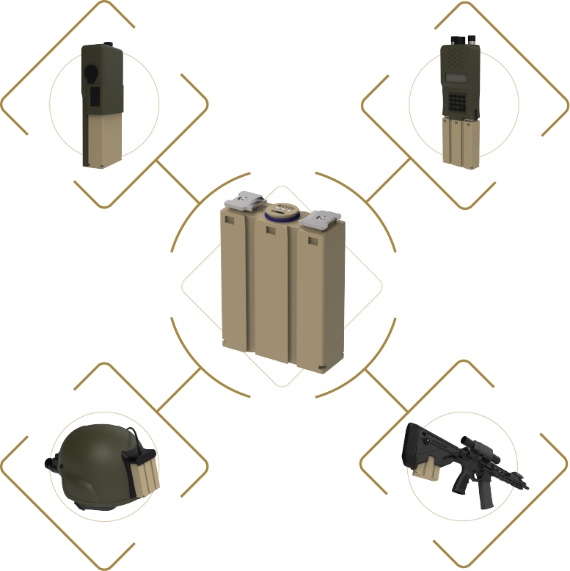
Augmented Power Pack (APP) – The APP is a fully ruggedized 300Wh power bank designed for operational use in austere environments that can charge several devices simultaneously using USB Power Delivery (USB PD) and Programmable Power Supply (PPS) fast charging technology. Featuring two USB Type C ports and a Nett Warrior connector, the APP delivers multi-voltage support (5V-20V) for exceptional power flexibility and system interoperability. Built to be tough, reliable, and easy to use, the APP features an NVG-compatible display screen and a form factor optimized for tactical carriage and use.
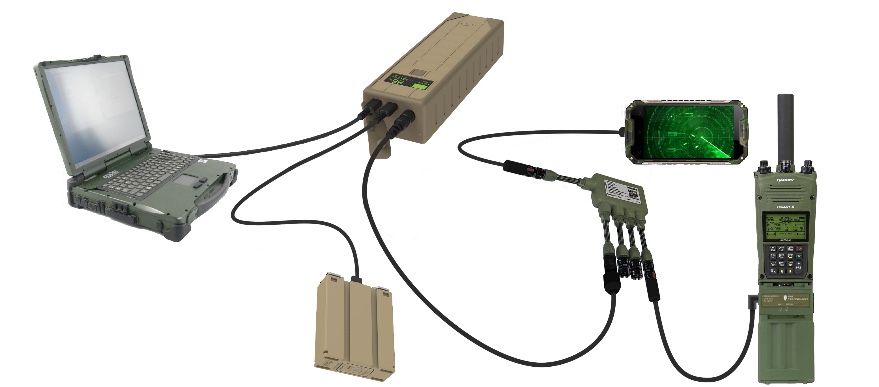
Rugged Auxiliary Charger (RAC) – Small, light and rugged, the RAC utilizes USB Power Delivery (USB PD) and Programmable Power Supply (PPS) fast charging technology to charge several devices simultaneously. Supporting up to 300W of total power and equipped with an SAE and a Nett Warrior connector, the RAC is compatible with the UBC standard military bulk charger, as well as working as a stand-alone charger for standard batteries such as the 2590 and CWB. The RAC also features two USB-C ports for fast charging the latest generation of COTS devices and the new STUB series of batteries.
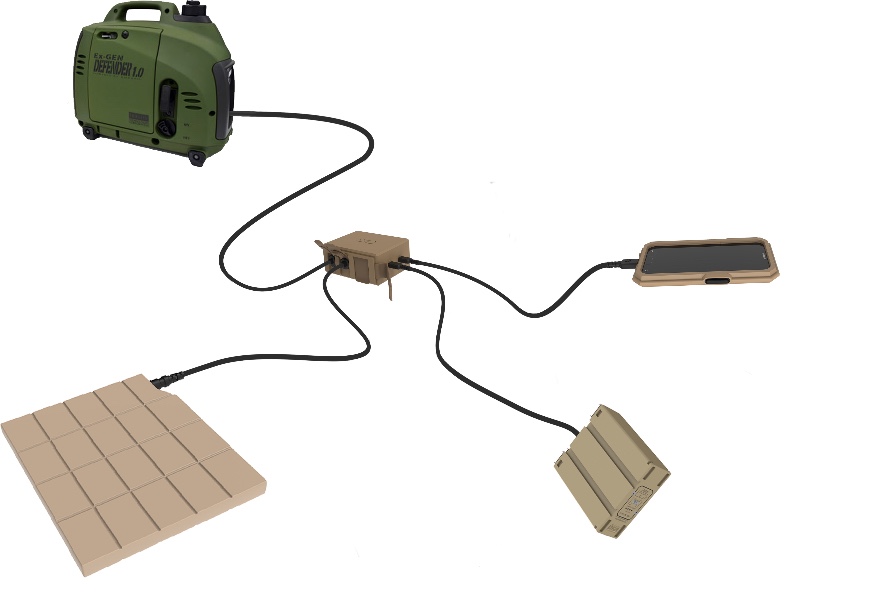
Building on the company’s 30+ year track record in the commercial mobile technology industry, Xentris Wireless created the EXO Charge division specifically to address the needs of next-generation portable power solutions for military applications. Incorporating globally proven, and industry standard, technologies such as USB help improve the operational capabilities of electronics at the tactical edge – as well as helping to reduce the battery weight and logistical burden borne by the Warfighter.
Visit the EXO Charge booth at the Fort Benning Maneuver Warfighter Conference to find out more, and also follow EXO Charge online and on Facebook, Instagram, and LinkedIn to keep up to date on the latest news, views, and developments.
